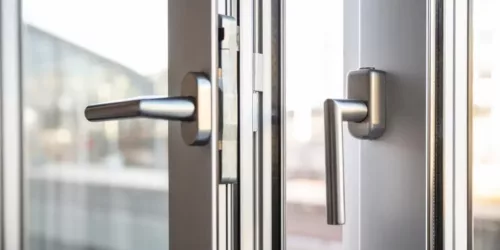What Do Triple Glazed Windows Cost?
An Overview of Triple Glazing Windows and How Much You Could Save
- How it works
- What triple glazed windows cost compared to other types
- Payback periods for triple and double glazing
With an extra layer of glazing comes a higher cost, but there are also additional benefits over two panes. Triple glazed windows cost more, but they can lower your heating bills and provide better noise reduction.
This article will explore everything about triple glazing. It will detail the cost of triple glazed windows and provide a comparison to double glazing. The price you pay will be affected by the type of frame you choose and the number of windows installed. These will impact your payback period, which we explore at the end.
Looking for triple glazing? Use our quote comparison tool to find out how much you’d pay. It only takes a minute.
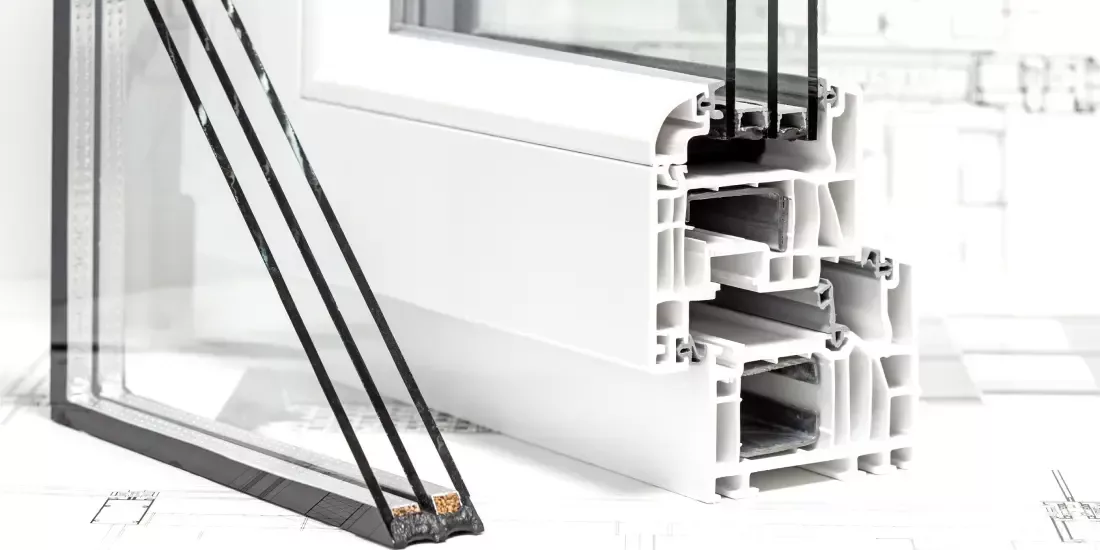
What's On This Page?
Click the links below and head straight to a specific section of the article.
What Is Triple Glazing?
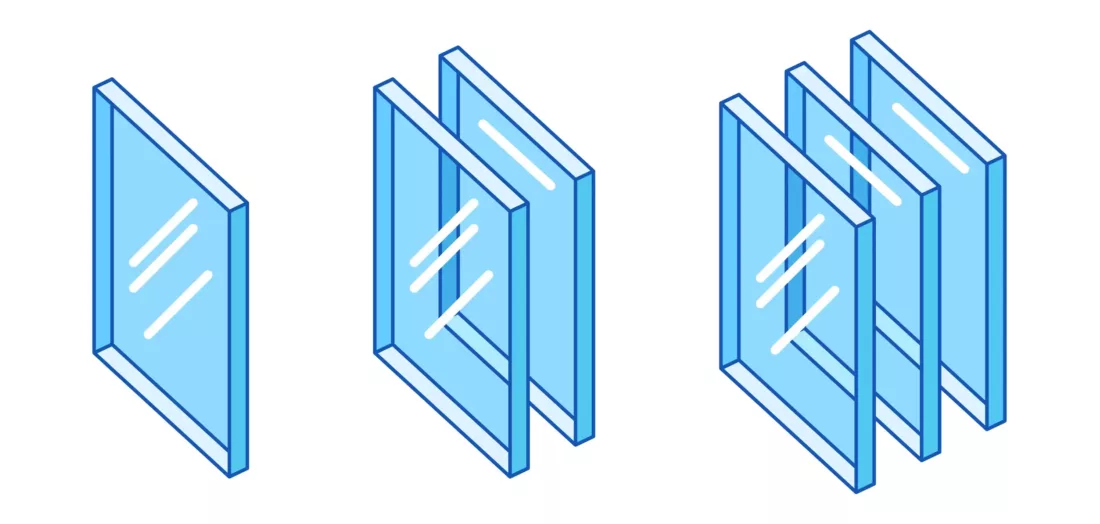
Triple glazing has an extra pane of glass compared to double glazed windows. This then adds an extra layer of insulation, usually filled with an inert gas. By providing an additional barrier, the energy efficiency of your windows only increases.
While both double and triple glazed windows cost more than single glazing, you save much more on your energy bills because of better thermal performance. Put simply, the more layers you have, the less heat is transferred, stopping you from losing essential warmth from indoors.
How Much Triple Glazed Windows Cost
It will come as no surprise that double glazing isn’t as expensive as triple glazing. However, if you want to upgrade your windows, you’re looking at the additional benefits, not necessarily the financials. Energy efficient windows will always set you back more as they’ll save you more money.
There are many factors that affect how much triple glazed windows cost, as aluminium frames are amongst the most expensive. Also, the total number of windows you have in your property needs to be taken into account. You wouldn’t want mismatched frames after all.
According to Checkatrade, the average cost of triple glazing is around £1,200 per square metre. If you take this as a rough cost per window, 4 triple glazed windows cost £4,800 for a flat. On the other hand, 15 windows in a detached home will be around £18,000.
You can see the average cost of triple glazed windows by property type in the table below.
It’s worth bearing in mind that these costs don’t factor in the various sizes, styles or materials of your windows. This means that your triple glazed windows could cost more or less than the specified amounts. Material will play a big part in bringing down the price if that’s your chief concern.
Cost of Triple Glazing vs Double Glazing
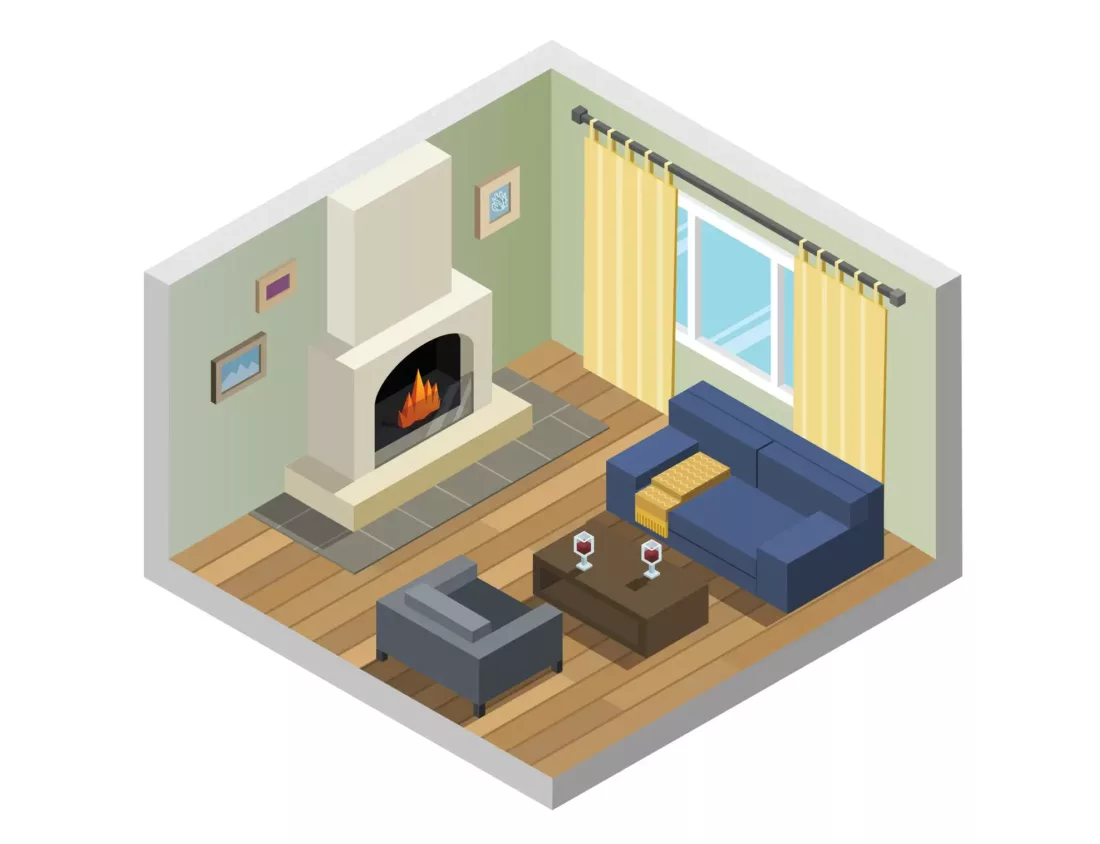
While it’s helpful to look at what triple glazed windows cost in isolation, it’s useful to see how they compare to double glazing. If you’re on a budget or are wondering how much you could save with a cheaper option, you might be interested to see the differences in prices by material.
White uPVC windows are the cheapest option, and these can be around £900 for double glazing. The same material but triple glazed windows will cost considerably more, at £1,450. Likewise, timber windows can cost £1,500 to double glaze but £2,000 to triple glaze.
You can see how triple glazing prices vary by type of window material and size in the table below. Coloured or textured uPVC frames cost 10–20% more than white frames.
It’s worth noting that the more you pay for windows, the longer the payback period will become. Although you’ll be saving on your energy bills, the amount you save a year will only be small in comparison to what you paid for the windows.
The more energy efficient your home is before you install thermally efficient windows, the longer it will take to pay off the cost of your triple glazed windows.
How Do Double and Triple Glazed Windows Compare?
Although triple glazed windows cost more, the comparison to double glazing can point out the benefits that you’ll be paying for.
Compared to double glazing, triple glazed windows can be up to 60% more energy saving than older windows, or 24% more efficient than new units. It’s all thanks to the gas filled chambers. Usually packed with a gas that’s heavier than air, such as argon, any thermal transfer is slowed. This also works with noise too, reducing unwanted intrusive sounds from coming through.
One of the downsides is that triple glazing is much heavier and needs more support for the glass. This can prove problematic for homes that aren’t as structurally sound. If your home can’t support extra weight, triple glazed windows may cost in more ways than one.
We’ll compare different glazing types in the following ways:
Thermal efficiency
Soundproofing
Home security
Light transmission
Thermal Efficiency
Heat transfer in glazing is measured by U-values. It’s a calculation based on the rate of energy transfer through one square metre. The calculation is displayed as watts per square metre per Kelvin. The cost of triple glazed windows can be worth it based on their superior U-values.
As an example, a window with a U-value of 1.4 means that 1.4 watts of heat are transferred per metre square for every temperature difference by 1°C, both inside and outside. Essentially, the higher the U-value, the more heat is transferred and lost.
A good U-value should meet Building Regulations of 1.4 or, ideally, be even lower. Triple glazing tends to have low U-values, which keeps your home warm and comfortable. The most energy efficient windows have low U-values.
You can see typical U-value measurements by window type in the interactive graph below.
Triple glazing is at the head of the pack with a U-value of 0.7, while single glazing is far worse at 5.2. Between secondary and double glazing, there isn’t much difference, but double glazing performs better with a U-value of 2.6.
On thermal efficiency alone, triple glazing is the clear winner. This means that there’s much more to gain when upgrading from single glazing. You can pay off the cost of triple glazed windows more quickly then.
Soundproofing
When it comes to reducing the amount of noise transfer through windows, the barriers need to be improved by either increasing the gap between panes or using thicker glass. Simply adding another pane increases acoustic protection. Unfortunately, trickle vents do nothing for noise reduction, despite being a legal requirement.
Any extra gap in glazing should be a different measurement in order to be more effective at reducing noise transference. This is because it changes the sound waves as they travel through the window. In this way, triple glazed windows can cost you noise dampening capabilities if not designed correctly.
You can see typical noise reduction levels in the interactive graph below.
If your triple glazing isn’t manufactured with soundproofing in mind, it can only offer 1dB more acoustic protection than single glazing. This is because the third layer can amplify sound through vibrations. With sufficient glazing and gaps, triple glazing can offer a 40dB reduction in outside noise levels.
The clear winner for soundproofing is secondary glazing, which can reduce noise levels by up to 54dB. With a bigger gap between each pane, noise is greatly reduced. If you live in a loud area, you’d be better off saving the cost of triple glazed windows and spending it on secondary glazing instead.
Home Security
The more panes of glass there are in a window unit, the better protection you have. It makes it harder to break into, which increases the security of your home. Laminated layers of glass can increase home security even further by keeping the glass together if it’s broken. In terms of extra security, triple glazing is the clear winner.
When you pay out for them, the cost of triple glazed windows gives you much better peace of mind.
Light Transmission
Though transparent, glass is actually green. The more panes you add, the darker it will become, which reduces the amount of natural sunlight the window will let in. Triple glazed windows cost you natural light as a result, although unintentionally.
Unlike double glazing, which doesn’t suffer from this problem as much, triple glazed windows block a little more light transmission. In this way, secondary or double glazing are superior to triple glazing.
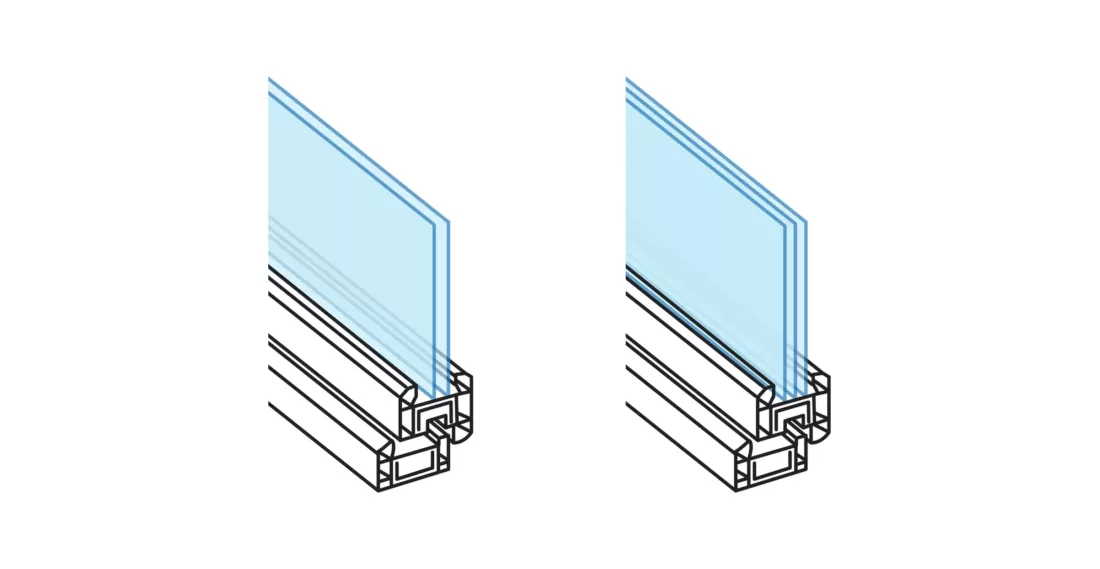
Payback Period for Triple Glazing Costs
The real question is how much you can save on energy bills and how long it will take for that to pay off the cost of triple glazed windows.
For the sake of argument, a typical yearly heating bill is £1,326 a year. About half of this is used for heating (£663).
Double glazing saves you roughly 10% on your heating bills a year, giving you an extra £66. Providing this stays constant, the payback period for a £5,000 double glazing installation will be 76 years.
Triple glazing supposedly saves you an additional 15% on your energy bills, giving you an extra £165.75. Providing this stays constant, the payback period for the cost of triple glazed windows at £7,275 will only be 44 years.
You can see how these payback periods compare in the interactive graph below.
The more money you save with your new windows, the quicker the payback period will be. These figures are estimates that don’t take into account the full picture of a home’s heat loss.
Pros and Cons of Triple Glazed Windows
If you’re still not sure if triple glazing is worth it, take a look at the advantages and disadvantages. Despite the high cost of triple glazed windows being a major drawback, there are plenty of benefits they bring.
Benefits
Less heat loss
Additional security
More energy efficient
Environmentally friendly
Reduced condensation
You can easily offset the cost of triple glazed windows with savings in your energy bills. This is the main advantage, as it reduces the amount of heat lost from your home.
Additionally, they can further reduce the chance of condensation appearing as they can regulate their temperature more effectively compared to double glazing.
Drawbacks
High cost
Bulky
Light blocking
Limited soundproofing
UK isn’t cold enough for their full benefit
Glass is heavy, and while you’ll also have more material, triple glazed windows cost you more than just a reinforced frame. If not installed sufficiently, you can suffer from worse soundproofing.
Scandinavian countries are arguably better suited to triple glazing. The UK doesn’t have winters cold enough or long enough to get the most out of the extra pane of glass. In this way, the cost of triple glazed windows isn’t necessarily worth it.
Whichever type of window you’ve settled on, why not get quotes from local installers to find out how much you’d pay? Find out how much your triple glazed windows cost by clicking on the button below.
Related articles
View all Glazing articles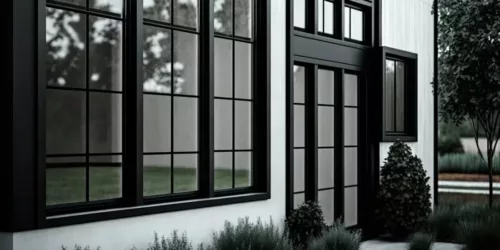
How Much Would It Cost to Double Glaze a 3 Bedroom House?
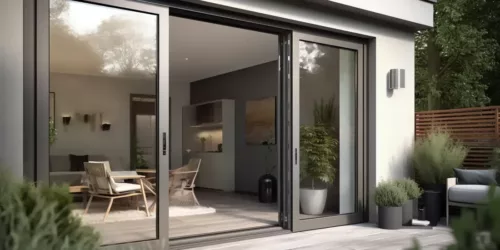
A Complete Guide to Double Glazing Doors
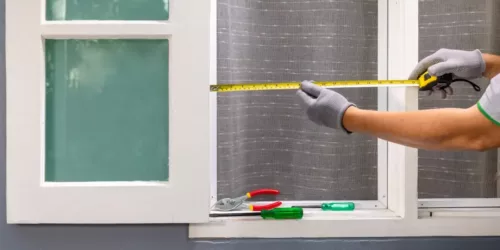
Replace Your Double Glazed Unit - A Useful Guide
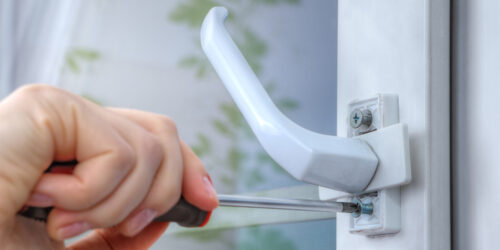
Double Glazing Repairs – All You Need to Know
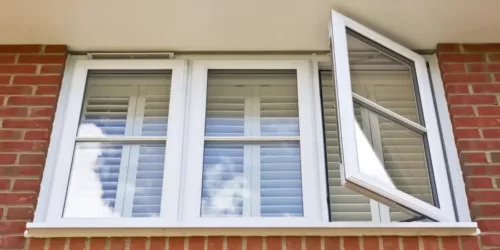
Trickle Vents in Windows: Are They Still Needed?
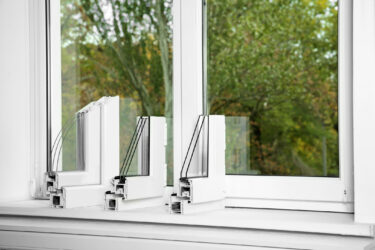
Energy Efficient Windows: A Guide To Better Window Energy Efficiency

Double Glazing Repair – Is It Worth It?
